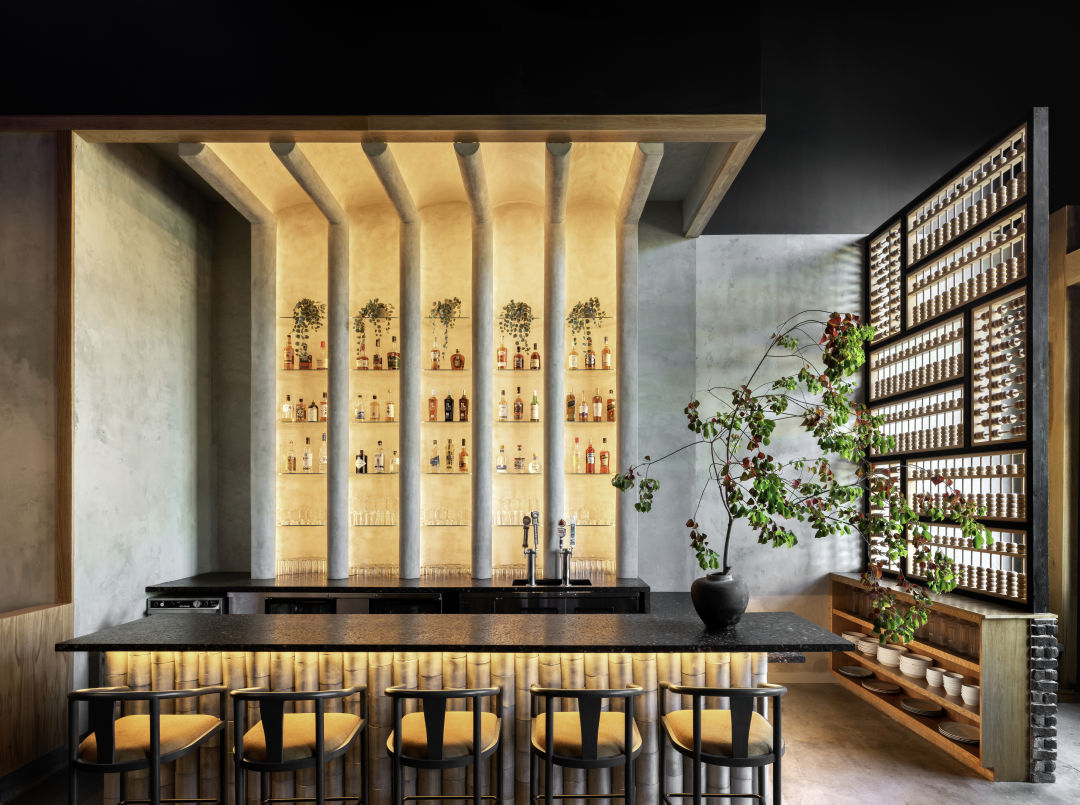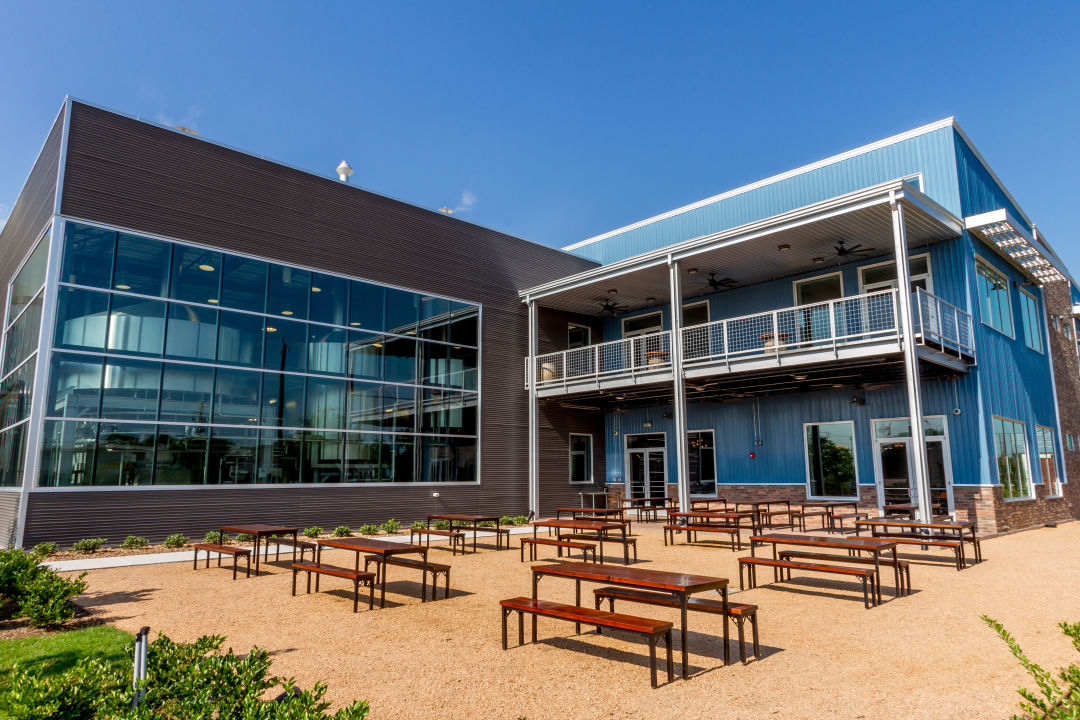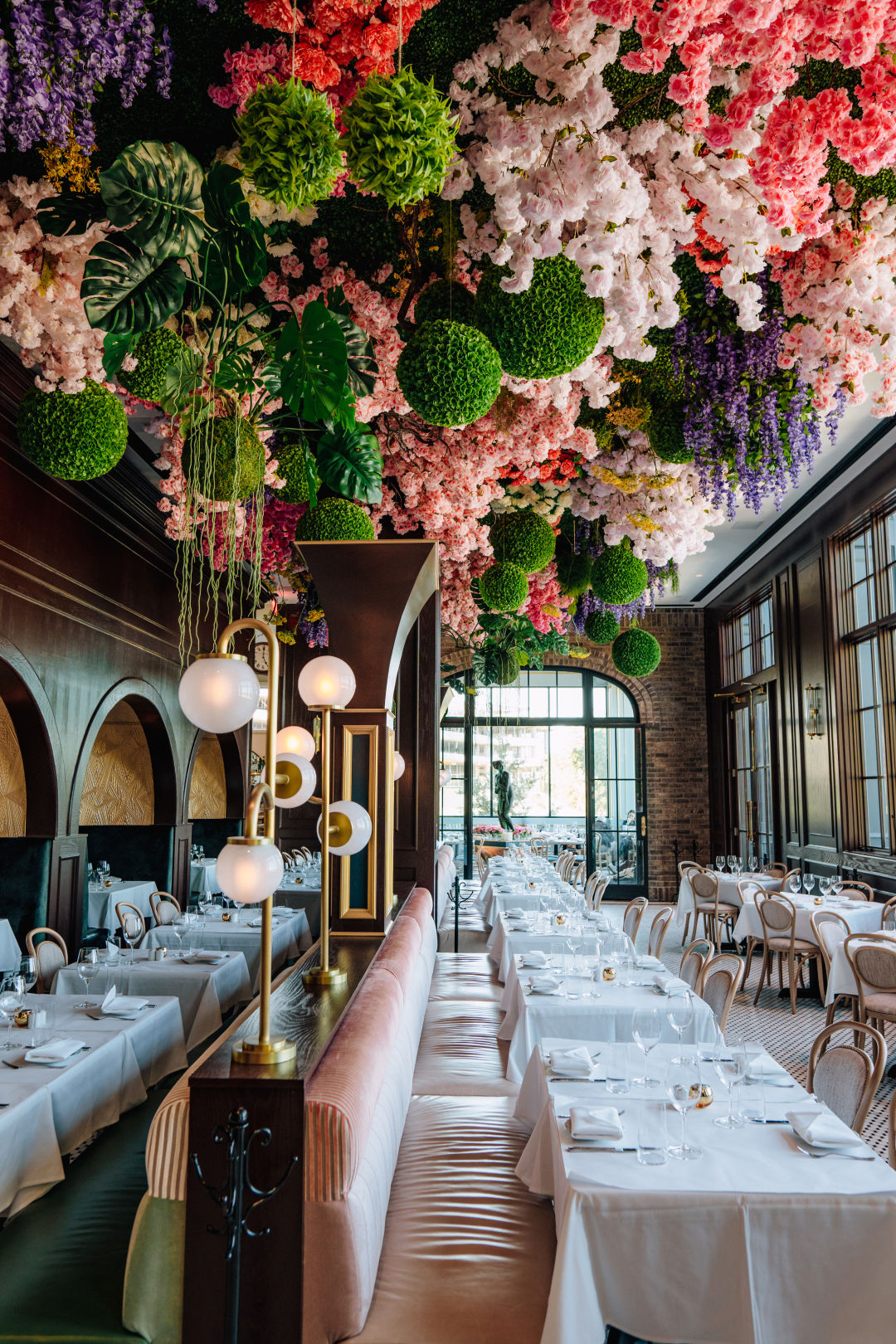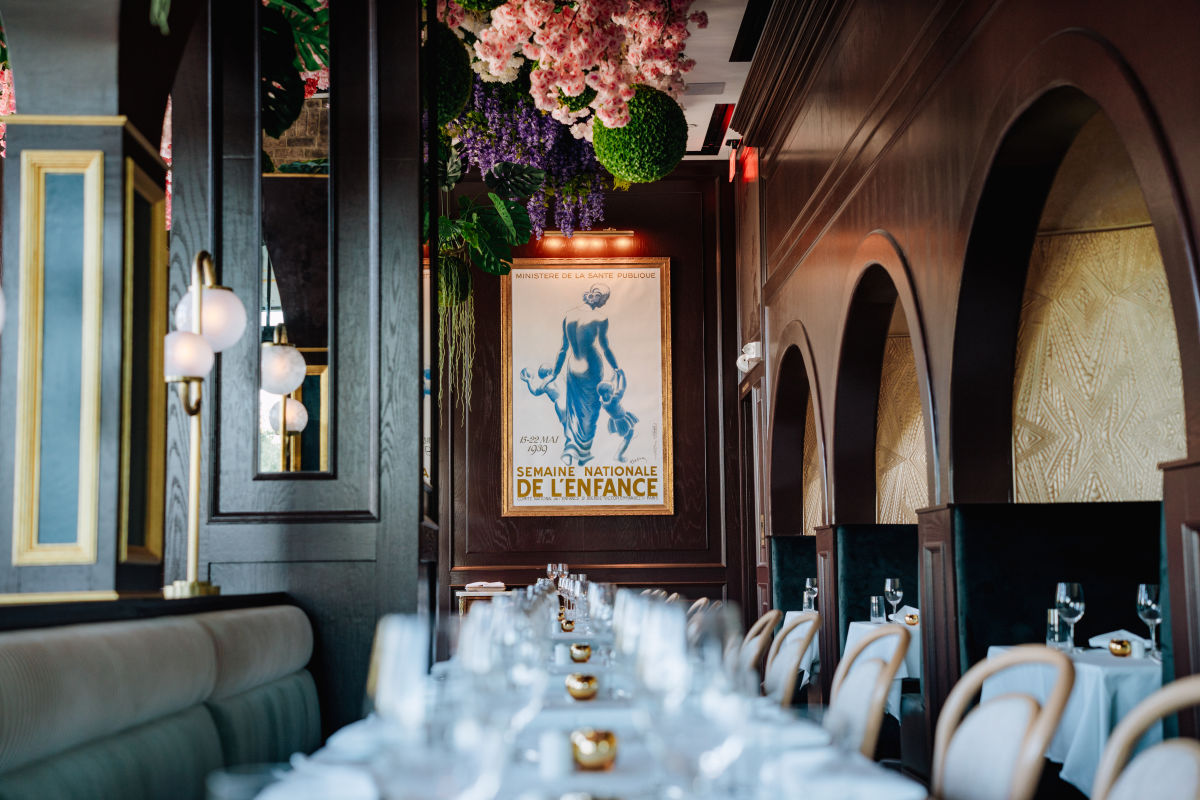
The design of the Annabelle Brasserie is comparable to a restaurant in New York or France.
When you enter a restaurantyou can tell immediately if the atmosphere is good. If it is, you’re likely to have a great experience, if not, you might just want to leave.
And often, the design of a restaurant tells a story or gives insight into the type of food you’ll enjoy. Chefs and restaurant owners work with architects and designers to make sure all their dreams come true when they open a new concept and offer each guest a unique experience. But how is everything ultimately implemented to bring these places to life? The answer is more complicated than just sketches and models on a computer screen.
Bringing the vision to life
Gail McCleese, founder and sensory director of design firm Sensitori, says the beginning of the process varies from client to client. Some know what they want right away and can articulate it clearly. Others… not so much. She jokes that one of her superpowers is being able to coax the vision out of those clients who aren’t quite sure about their vision.
To do this, she gets to work: the discovery process. During this time, she asks clients about competitors and other comparisons. McCleese also asks about menu prices, as this helps her decide whether the restaurant should be formal or casual. After that, the visioning session begins: images and data – concepts, design elements and possible architecture – are pulled from her research. A design concept is then created to show a rough potential of the final product.
“I bring (my client’s) vision to life,” says McCleese.
Another well-known designer, Gin Braverman, founder and creative director of Gin Design Group, says her company has developed a “secret sauce” over the years and starts every project the same way: A complex questionnaire serves as the basis for the design process, she says.
The company may even tour the space with the client before the lease is signed to ensure it matches their design vision, while also assessing potential obstacles and additional costs due to the surrounding infrastructure and the building itself.
Gin Design has had particular success in Houston, where the firm’s portfolio includes a number of notable restaurants such as Lymbar, Jun and Makiin. A current project is Mala Sichuan Bistro in MKT. The owner told Braverman she wanted an authentic restaurant, so the designer drew inspiration from the Sichuan region for design elements, such as a pagoda imported from China for the main dining room and the design of the back bar, which is modeled after the roof tiles used in Sichuan province.

Gin Design was inspired by the landscape of Sichuan and, for example, based the back wall of the bar on the roof tiles used in the Chinese province.
Braverman notes that sometimes the design of a restaurant starts with an idea, but the end result is a little different. At Eunice Creole Restaurant, for example, the goal was to recreate a small family restaurant like the kind you’d find in the middle of nowhere in Louisiana, where chef Drake Leonards is from. But that concept just didn’t work in the restaurant’s glassy corporate space. When Braverman discovered that he, too, was trained in Europe, he was able to incorporate that history into the design.
The team took elements that belonged in a rural Louisiana farmhouse but gave them a more European look, she says. The furniture is simple wood with a whitewashed finish and hand-carved details that seem European. The quilted fabrics are velvet, adding extra sophistication. A vintage apothecary cabinet that looks farmhouse-style was oversized to fit the boxy space. To keep more of that rural Louisiana feel, Braverman commissioned an artist to create prairie flowers, which ended up being used as wallpaper in the private dining room and as artwork throughout the main dining room.

For Eunice, Gin Design blended the aesthetic of a southern farmhouse with some European flair.
Working with architecture
For some concepts, another factor comes into play: architecture. Method Architecture specializes in designing breweries. According to Katherine Rorie, the market operations manager, these are unique because these spaces are usually housed in former warehouses. This is called adaptive reuse – taking an existing building and transforming it into something new.
At the start of these projects, Method needs to know if the client will just serve beer to people on-site or will also act as a distribution partner. Depending on the answer, the team works with the client to find a space that meets their needs.
The challenge for Method with these warehouses is figuring out what they can and can’t do, and what needs to be added. That sometimes includes thinking about additional bathrooms, sprinkler systems and other safety requirements, whereas building from scratch allows them to consider all of the client’s needs from the start.
Juan Ponce, studio manager at Method, says one of the more exciting things they’re doing now is going beyond a brewery’s warehouse and creating an even more experiential experience. Method client Karbach Brewing Co., for example, had extensive work done on its Spring Branch facility in three phases. In 2015, construction was completed on the two-story brewhouse and restaurant, which includes a full kitchen, two event spaces, a bar, and indoor and outdoor seating. Two years later, Method helped Karbach expand with a facility that serves as a canning and warehouse facility, as well as offices for the brewery. And finally, in 2019, Method addressed Karbach’s growth needs with two new fermentation bunkers, a parking lot expansion, and interior renovations.

Method Architecture helped Karbach Brewing Co. build its facility and outdoor seating area.
As an architect, Rorie says they are the glue that holds everything together, working and communicating with everyone from interior designers to contractors and engineers. Method’s work can be found at many of the city’s other breweries, such as Baileson, Second Draught, Galveston Bay, Platypus, Great Heights and more.
“Ultimately, our goal is to help the client achieve a successful project in a successful environment,” says Rorie. “That’s one of our core values. And I think the best way to do that is to have a great team where everyone is working toward the same goal.”
The details matter
McCleese considers the functionality of the restaurant to create a sensory experience through music, aisles and lighting. Take Annabelle Brasserie, for example. During the project, Ben Berg, whose hospitality group owns the restaurant, said he wanted something cozy – think New York or France, where the spaces are smaller. When you visit the restaurant, you’ll notice that the aisles are smaller.
Look up too and you’ll notice the floral arrangements. Berg told McCleese he wanted a space that was constantly evolving. That was a bit of a challenge. The ceiling has a theater frame that hangs down about five feet, and she had to make sure the booths, light fixtures and light pole were all moveable so they could change the decorations depending on the season.

The flower arrangements on the ceiling are intended to give the room a new dimension.
As can be seen at Annabelle Brasserie, McCleese always thinks about the little details that make the space – and the experience – enjoyable; the door handles a customer touches, even the toilets.
Of course, this isn’t possible without challenges and teamwork. Braverman often saves finishing for last in her design process so a client doesn’t commit to it too early. This may sound silly, but she says it’s essential. For example, when you work with the architects to build the model, you see which way the sun is shining or where the shadows are. Sometimes they have a finishing of a table, but when it’s in the model and built, it doesn’t look right, so they have to pivot.
When it comes to the guest experience, Braverman makes sure to think of all the practicalities, such as heat lamps, lighting, purse hooks, purse stands, high chairs and maximizing seating.
“Figuring out where everything goes is like a puzzle,” says Braverman. “I love getting into a model and playing with the surfaces. It’s the hardest and most satisfying thing when you know you’ve got it right.”

